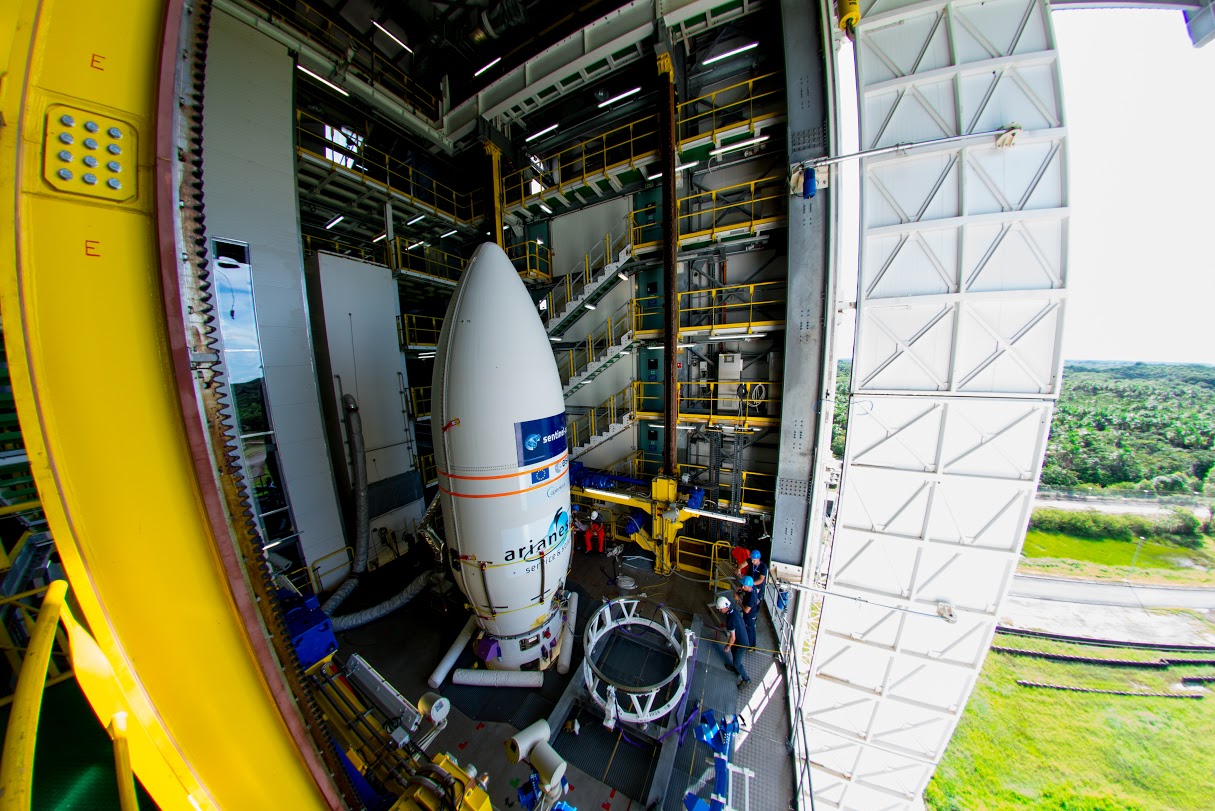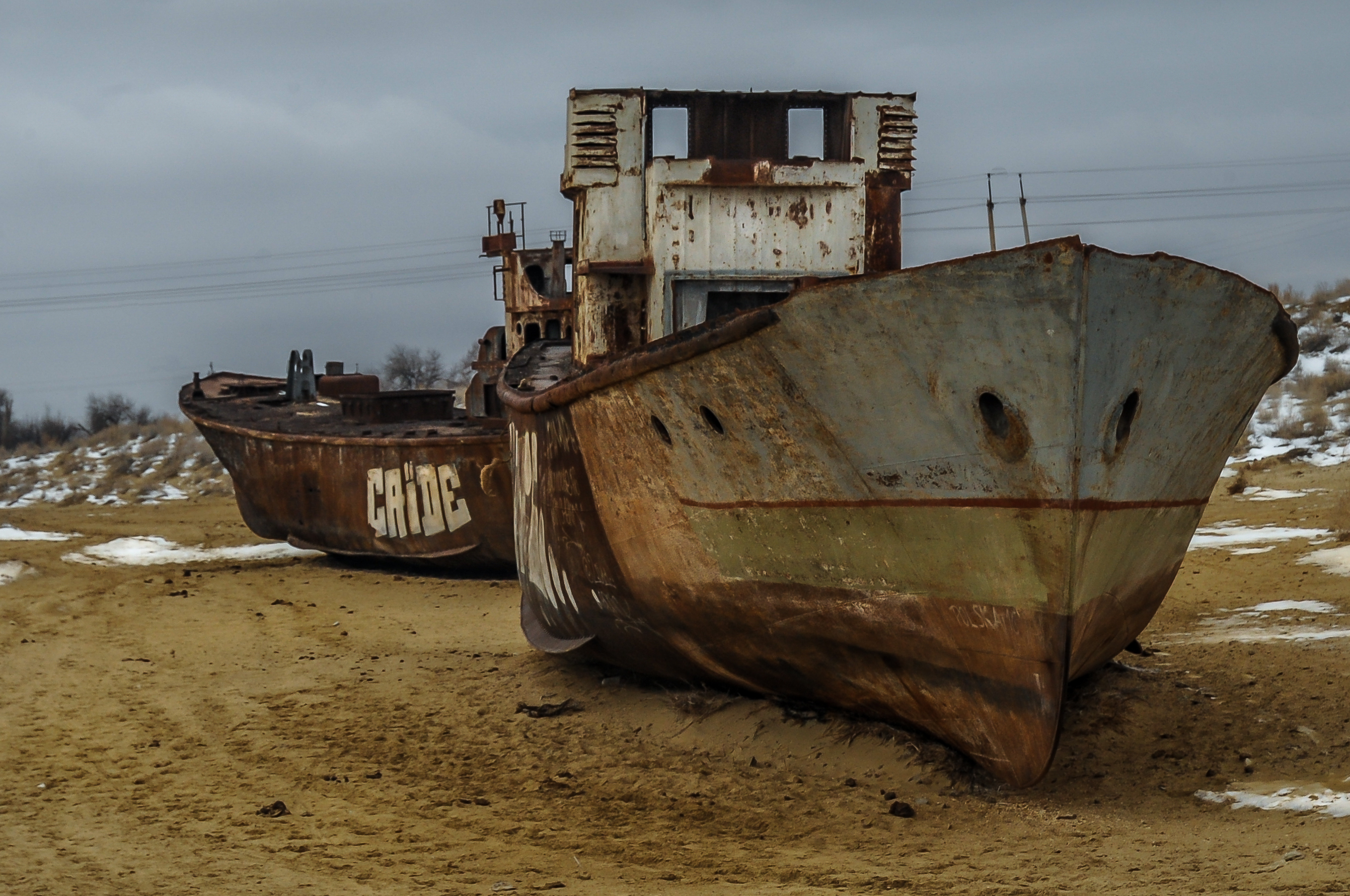|
Teneke (river)
The Teneke (; ) is a river in the Yereymentau District, Akmola Region, Kazakhstan. It has a length of and a drainage basin of .Google Earth The Teneke flows across almost uninhabited territory. Its basin is used seasonally for livestock grazing and its water for watering local cattle. The name of the river originated in the Kazakh language word for "tin". Course The Teneke originates in a spring located in Koyandy mountain of the Kazakh Uplands. In its first stretch it flows roughly northwards across the steppe, to the east of the Sileti and parallel to it. Halfway through its course the Teneke describes a wide bend and flows northeastwards, bending to the east in its final stretch. The Teneke has its mouth in the southwestern corner of the Sholaksor endorheic lake. The Teneke is part of the Irtysh basin. It flows mainly in the spring with the thawing of the winter snows. In the summer it breaks up into disconnected pools. Like the Sileti, its channel is relatively shallow. The ... [...More Info...] [...Related Items...] OR: [Wikipedia] [Google] [Baidu] |
Sentinel-2
Sentinel-2 is an Earth observation mission from the Copernicus Programme that acquires optical imagery at high spatial resolution (10 m to 60 m) over land and coastal waters. The mission's Sentinel-2A and Sentinel-2B satellites were joined in orbit in 2024 by a third, Sentinel-2C, and in the future by Sentinel-2D, eventually replacing the A and B satellites, respectively. The mission supports services and applications such as agricultural monitoring, emergencies management, land cover classification, and water quality. Sentinel-2 has been developed and is being operated by the European Space Agency. The satellites were manufactured by a consortium led by Airbus Defence and Space in Friedrichshafen, Germany. Overview The Sentinel-2 mission includes: * Multispectral image, Multi-spectral data with 13 bands in the Visible spectrum, visible, Infrared#Regions within the infrared, near infrared, and Infrared#Regions within the infrared, short wave infrared part of the Electromagnetic ... [...More Info...] [...Related Items...] OR: [Wikipedia] [Google] [Baidu] |
Kazakh Uplands
The Kazakh Uplands or the Kazakh Hummocks, known in Kazakh as the ( , ; ), is a large peneplain formation extending throughout the central and eastern regions of Kazakhstan.Казахский мелкосопочник (Kazakh Uplands) '''' in 30 vols. — Ch. ed. . - 3rd ed. - M. Soviet Encyclopedia, 1969-1978. (in Russian) Administratively the Kazakh Uplands stretch across the [...More Info...] [...Related Items...] OR: [Wikipedia] [Google] [Baidu] |
Sholaksor
Sholaksor (; ) is a salt lake in the Yereymentau District, Akmola Region, and Aktogay District, Pavlodar Region, Kazakhstan. The lake lies to the southwest of district capital Aktogay. The border between the two regions runs from north to south close to the western lakeshore, with Akmola Region to the west, and most of the lake in Pavlodar to the east. The area surrounding Sholaksor is used for livestock grazing. The lake water is salty. Geography Sholaksor is an endorheic lake of the Ishim Plain, at the southern end of the West Siberian Plain. It is located between the Shiderti and Sileti rivers. The lake lies at an elevation of . The Irtysh flows to the northeast of the lake.Google Earth Sholaksor has a roughly rectangular shape. Some stretches of the shore are rocky, but it is mostly flat and low, with salt flats. The eastern shoreline is irregular and very indented. The Teneke flows into the southwestern end of the lake and another river flows in at the southeastern ... [...More Info...] [...Related Items...] OR: [Wikipedia] [Google] [Baidu] |
Kazakhstan
Kazakhstan, officially the Republic of Kazakhstan, is a landlocked country primarily in Central Asia, with a European Kazakhstan, small portion in Eastern Europe. It borders Russia to the Kazakhstan–Russia border, north and west, China to the China–Kazakhstan border, east, Kyrgyzstan to the Kazakhstan–Kyrgyzstan border, southeast, Uzbekistan to the Kazakhstan–Uzbekistan border, south, and Turkmenistan to the Kazakhstan–Turkmenistan border, southwest, with a coastline along the Caspian Sea. Its capital is Astana, while the largest city and leading cultural and commercial hub is Almaty. Kazakhstan is the world's List of countries and dependencies by area, ninth-largest country by land area and the largest landlocked country. Steppe, Hilly plateaus and plains account for nearly half its vast territory, with Upland and lowland, lowlands composing another third; its southern and eastern frontiers are composed of low mountainous regions. Kazakhstan has a population of 20 mi ... [...More Info...] [...Related Items...] OR: [Wikipedia] [Google] [Baidu] |
Yereymentau District
Yereymentau District () is a district of Akmola Region in northern Kazakhstan. The administrative center of the district is the town of Yereymentau. Population: Geography Teniz and Kobeituz lakes are located in the district, not far from the Yereymentau Mountains. Lake Zhaksytuz Zhaksytuz () is a salt lake in the Ualikhanov District, North Kazakhstan Region, and Yereymentau District, Akmola Region, Kazakhstan. The border between the North Kazakhstan and Akmola regions cuts across the middle of the lake from east to w ... lies at the northern end. References External links * Districts of Kazakhstan Akmola Region {{AkmolaRegion-geo-stub ... [...More Info...] [...Related Items...] OR: [Wikipedia] [Google] [Baidu] |
Akmola Region
Akmola Region (, ; ) is a centrally located regions of Kazakhstan, region of Kazakhstan. It was known as Tselinograd Oblast during Soviet Union, Soviet rule. Its capital is Kökşetau. The national capital, Astana, is enclosed by the region, but is politically separate from Aqmola Region. The region's population is 715,000; Kökşetau's is 157,000. Some gold mining, gold and coal mining occur in the area. Geography The area of the region is 146,200 square kilometers. Aqmola, along with Ulytau Region and Karaganda Region are Kazakhstan's only regions which don't touch the country's outer borders. The region borders North Kazakhstan Region in the north, Pavlodar Region in the east, Karagandy Region in the south, and Kostanay Region in the west. The Sileti river flows through the region. Etymology Aqmola means "white tomb" in Kazakh. Demographics Ethnic groups Religion Administrative divisions The region is administratively divided into seventeen districts and the cities of ... [...More Info...] [...Related Items...] OR: [Wikipedia] [Google] [Baidu] |
Drainage Basin
A drainage basin is an area of land in which all flowing surface water converges to a single point, such as a river mouth, or flows into another body of water, such as a lake or ocean. A basin is separated from adjacent basins by a perimeter, the drainage divide, made up of a succession of elevated features, such as ridges and hills. A basin may consist of smaller basins that merge at river confluences, forming a hierarchical pattern. Other terms for a drainage basin are catchment area, catchment basin, drainage area, river basin, water basin, and impluvium. In North America, they are commonly called a watershed, though in other English-speaking places, " watershed" is used only in its original sense, that of the drainage divide line. A drainage basin's boundaries are determined by watershed delineation, a common task in environmental engineering and science. In a closed drainage basin, or endorheic basin, rather than flowing to the ocean, water converges toward the ... [...More Info...] [...Related Items...] OR: [Wikipedia] [Google] [Baidu] |
Google Earth
Google Earth is a web mapping, web and computer program created by Google that renders a 3D computer graphics, 3D representation of Earth based primarily on satellite imagery. The program maps the Earth by superimposition, superimposing satellite images, aerial photography, and geographic information system, GIS data onto a 3D globe, allowing users to see cities and landscapes from various angles. Users can explore the globe by entering addresses and coordinates, or by using a Computer keyboard, keyboard or computer mouse, mouse. The program can also be downloaded on a smartphone or Tablet computer, tablet, using a touch screen or stylus to navigate. Users may use the program to add their own data using Keyhole Markup Language and upload them through various sources, such as forums or blogs. Google Earth is able to show various kinds of images overlaid on the surface of the Earth and is also a Web Map Service client. In 2019, Google revealed that Google Earth covers more than 97 ... [...More Info...] [...Related Items...] OR: [Wikipedia] [Google] [Baidu] |
Kazakh Language
Kazakh is a Turkic language of the Kipchak branch spoken in Central Asia by Kazakhs. It is closely related to Nogai, Kyrgyz and Karakalpak. It is the official language of Kazakhstan, and has official status in the Altai Republic of Russia. It is also a significant minority language in the Ili Kazakh Autonomous Prefecture in Xinjiang, China, and in the Bayan-Ölgii Province of western Mongolia. The language is also spoken by many ethnic Kazakhs throughout the former Soviet Union (some 472,000 in Russia according to the 2010 Russian census), Germany, and Turkey. Like other Turkic languages, Kazakh is an agglutinative language and employs vowel harmony. Kazakh builds words by adding suffixes one after another to the word stem, with each suffix expressing only one unique meaning and following a fixed sequence. ''Ethnologue'' recognizes three mutually intelligible dialect groups: Northeastern Kazakh—the most widely spoken variety, which also serves as the basis for the o ... [...More Info...] [...Related Items...] OR: [Wikipedia] [Google] [Baidu] |
Steppe
In physical geography, a steppe () is an ecoregion characterized by grassland plains without closed forests except near rivers and lakes. Steppe biomes may include: * the montane grasslands and shrublands biome * the tropical and subtropical grasslands, savannas, and shrublands biome * the temperate grasslands, savannas, and shrublands biome A steppe is usually covered with grass and shrubs, depending on the season and latitude. The term ''steppe climate'' denotes a semi-arid climate, which is encountered in regions too dry to support a forest, but not dry enough to be a desert. Steppes are usually characterized by a semi-arid or continental climate. Temperature extremes can be recorded in the summer of up to and in winter of down to . Besides this major seasonal difference, fluctuations between day and night are also significant: in both the highlands of Mongolia and northern Nevada, can be reached during the day with sub-freezing readings at night. Steppes ave ... [...More Info...] [...Related Items...] OR: [Wikipedia] [Google] [Baidu] |
Sileti
The Sileti (; ) is a river in Kazakhstan. It is long and has a catchment area of . The Sileti river system is an endorheic watershed in the Akmola, Pavlodar and North Kazakhstan regions of Kazakhstan. Course The sources of the Sileti are near Bozaigyr village in the Kazakh Uplands. It flows roughly northeastwards in its upper and middle course, parallel to the Teneke. As it reaches its last stretch the river divides into branches and bends northwards to the west of lake Zhalauly. In periods of adequate rainfall the river flows into the endorheic lake Siletiteniz from its southern end, but in dry years it doesn't reach the lake.Google EarthСелеты '' Great Soviet Encyclopedia
[...More Info...] [...Related Items...] OR: [Wikipedia] [Google] [Baidu] |
Endorheic Lake
An endorheic lake (also called a sink lake or terminal lake) is a collection of water within an endorheic basin, or sink, with no evident outlet. Endorheic lakes are generally Saline water, saline as a result of being unable to get rid of solutes left in the lake by evaporation. These lakes can be used as indicators of Human impact on the environment, anthropogenic change, such as irrigation or climate change, in the areas surrounding them. Lakes with subsurface drainage are called ''cryptorheic''. Components of endorheic lakes The two main ways that endorheic lakes accumulate water are through river flow into the lake (discharge) and precipitation falling into the lake. The collected water of the lake, instead of Discharge (hydrology), discharging, can only be lost due to either evapotranspiration or percolation (water sinking underground, e.g., to become groundwater in an aquifer). Because of this lack of an outlet, endorheic lakes are mostly salt water rather than fresh water ... [...More Info...] [...Related Items...] OR: [Wikipedia] [Google] [Baidu] |

